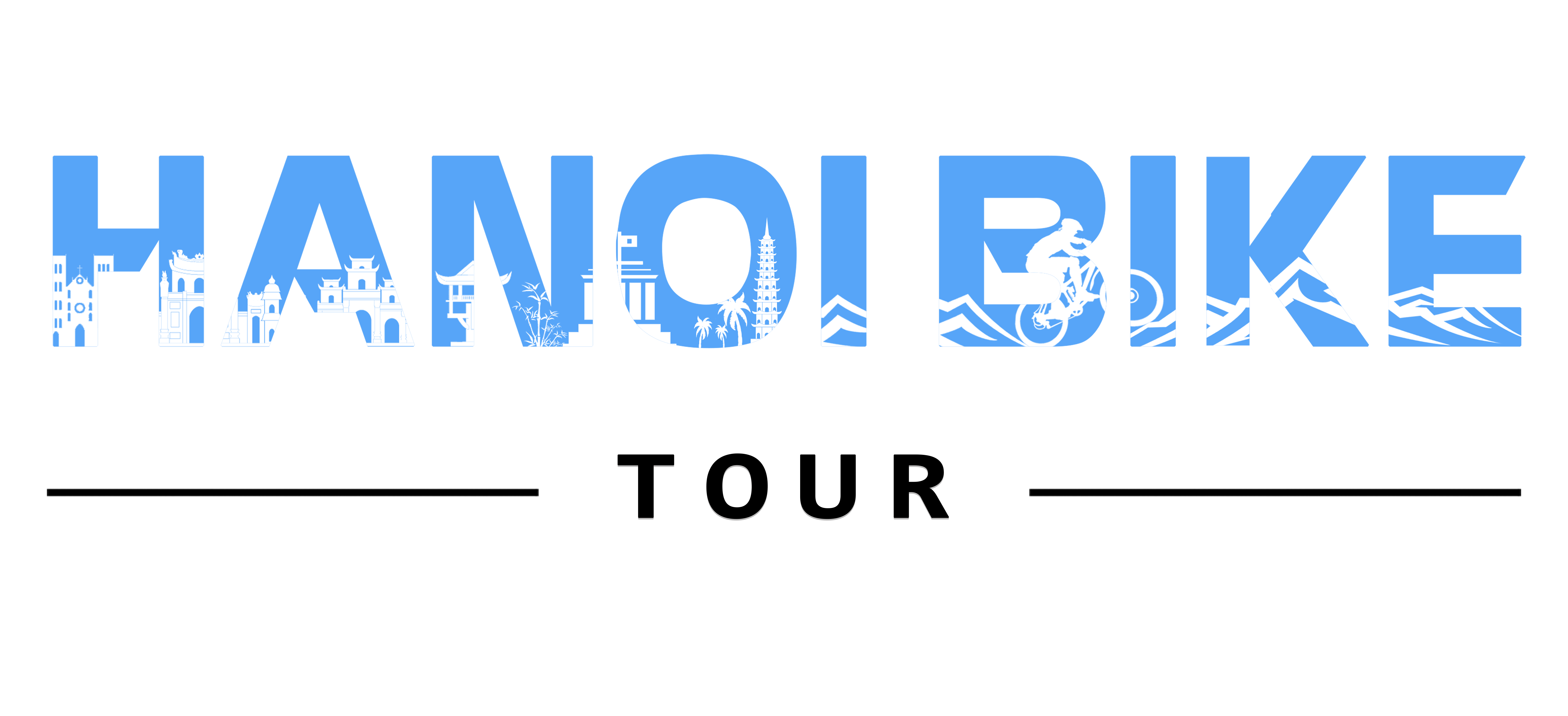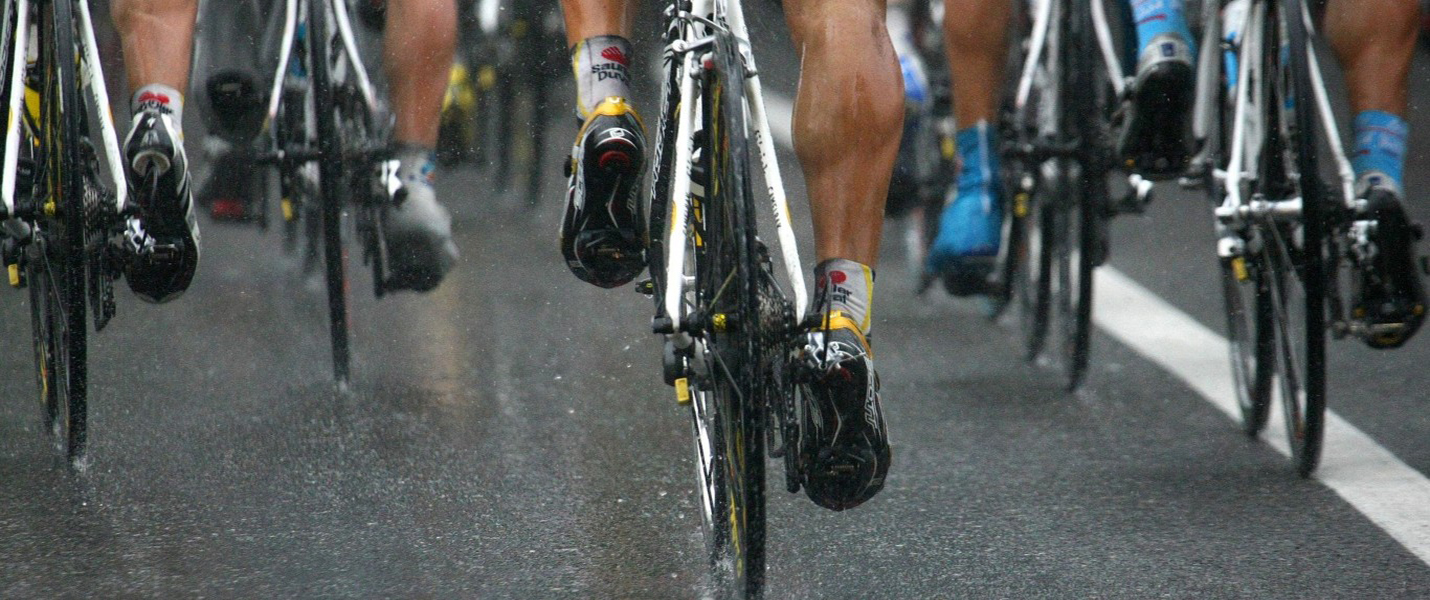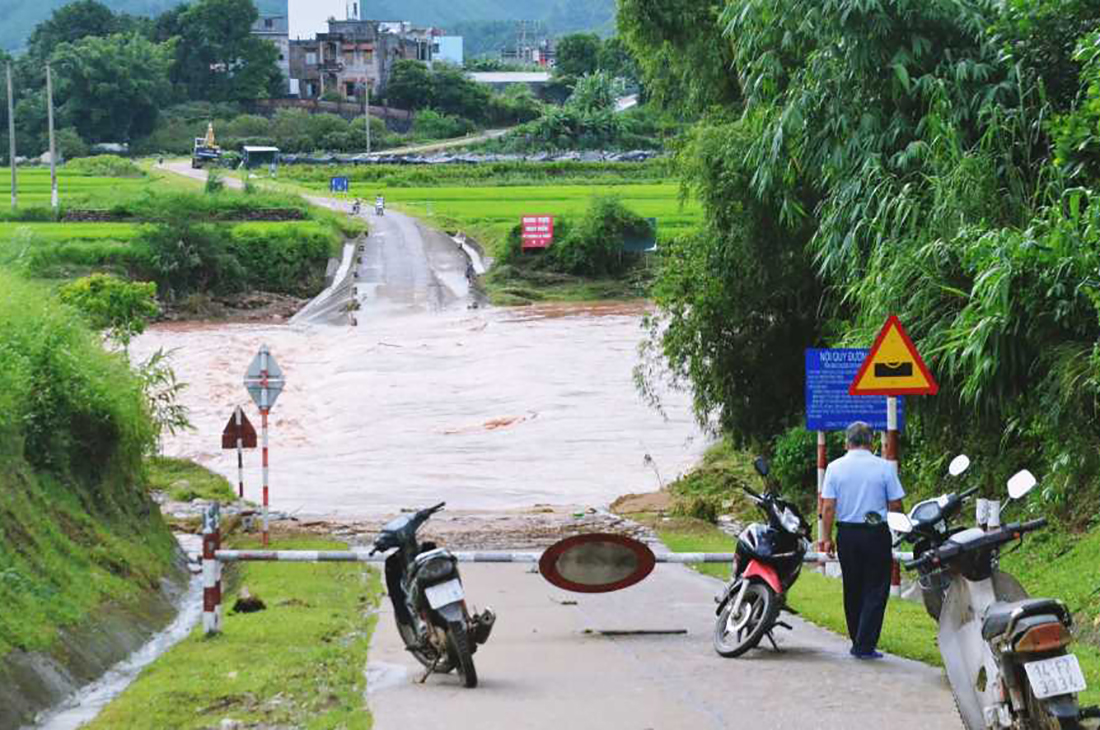
Northern Vietnam 7th-8th Summer Rainy Season Travel Tips
Travelers should take note of these travel tips for the mountainous regions of Northern Vietnam during the summer rainy season, as unpredictable weather conditions can cause landslides and slippery roads. It is important to plan your itinerary flexibly and pack waterproof gear to ensure safety and comfort. Despite the rain, this season offers a unique opportunity to explore the pristine beauty of terraced rice fields, waterfalls and immerse yourself in the rich cultural experiences of the region’s ethnic minorities.
The rainy and flood season in Northern Vietnam’s mountainous
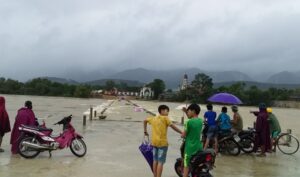
The rainy and flood season in Northern Vietnam’s mountainous
The summer rainy season in Northern Vietnam’s mountainous areas typically spans from June to July, with the heaviest rains occurring during this time.
Exploring provinces like Ha Giang, Lao Cai, Son La, Lai Chau, Cao Bang, and Yen Bai can be a refreshing escape from the summer heat. However, this season also brings risks of heavy rainfall, floods, and landslides. Ha Giang experienced significant rain and flooding in early June, leading many tourists to get stranded.
Things to Note During the Rainy and Flood Season
In Northern Vietnam’s mountainous areas, the peak tourist season typically spans from September to April of the following year. During the summer, especially from June to July, visitor numbers decrease due to the rainy and flood season. While heavy rains are not constant throughout the season, they occur in 2-3 significant events, which can greatly impact safety and the overall travel experience.
Heavy rains in the north often arrive unexpectedly and are frequently accompanied by landslides. Therefore, tourists should exercise caution and avoid areas prone to severe weather during this season. Here are some detailed tips for traveling in Northern Vietnam’s mountainous provinces during the summer rainy season:
Plan and Monitor Weather Forecasts
Before your trip, create a detailed itinerary and check weather forecasts about 2 weeks in advance. Early warnings for storms and floods are typically provided, allowing you to adjust your plans accordingly.
Prepare Suitable Gear
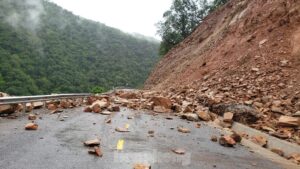
Mountain roads are prone to landslides
Equip yourself with essential items such as raincoats, umbrellas, quick-dry clothing, anti-slip footwear, and waterproof bags for your belongings. This preparation will help you stay comfortable and keep your gear dry in case of sudden downpours.
Connect with Locals and Guides
Contact residents or tour guides for up-to-date information on current conditions and potential risks in the areas you plan to visit. They can provide valuable insights into safe areas and which should be avoided.
Avoid Camping Near Water Sources
Do not camp overnight near rivers, streams, or areas prone to landslides. These locations are especially vulnerable to sudden floods and landslides, which can pose significant dangers.
Avoid Night Travel in Mountainous Areas
Traveling through mountainous regions at night can be hazardous due to poor visibility and the increased risk of landslides. Plan your travels to ensure you are in safe locations before dark.
Travel in Groups for Safety
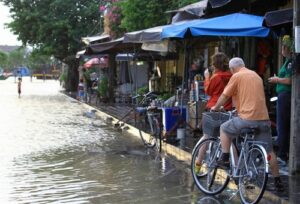
Roads are flooded
React Quickly to Sudden Weather Changes
If you are swimming or engaging in outdoor activities and it starts to rain unexpectedly, move to safety immediately. Floodwaters can rise quickly, so it is important to act swiftly to avoid getting caught in a flood.
Seek Shelter During Severe Weather
If you find yourself during a storm or flood, do not attempt to travel or enter dangerous areas like overflowing dams or blocked roads. Instead, seek shelter at local accommodations or follow evacuation instructions from local authorities.
Visit After the Rainy Season
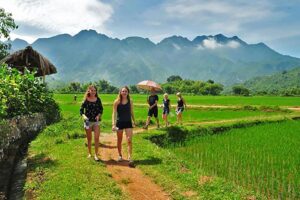
Sunny days mean safer travel
If your schedule allows, consider visiting Northern Vietnam’s mountainous areas after August when the rainy season is winding down. For those interested in trekking and enjoying scenic views, the weather from September onwards is generally more favorable. Additionally, the winter and spring months offer beautiful floral displays and a unique cold climate that can enhance your travel experience.
By taking these precautions and being prepared, you can enjoy a safer and more pleasant visit to Northern Vietnam’s mountainous regions during the summer rainy season.
READ MORE:
